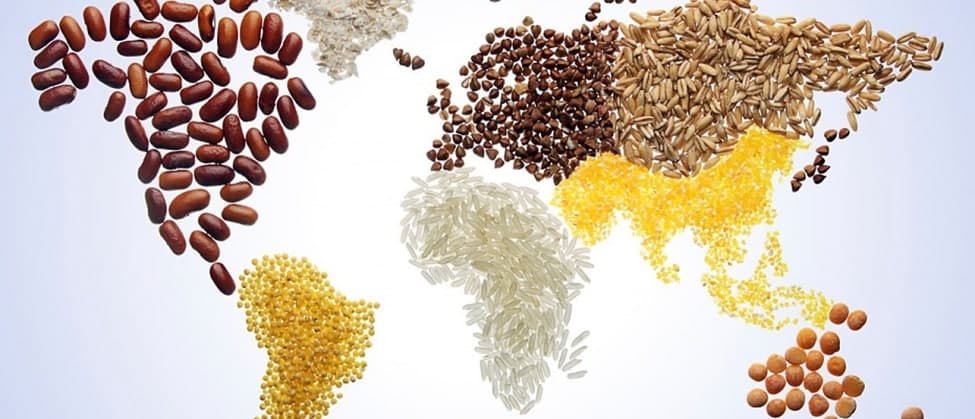Food industry

After 2000, the countries of Central Asia experienced good economic growth. The growth has been driven mostly by increases in outputs in extraction industries supported by massive foreign direct investments (FDI) and dramatic improvement in terms of trade for hydrocarbon-rich countries (Kazakhstan and Uzbekistan). Services have become another major source of growth supported by export revenues in Kazakhstan and Uzbekistan and remittances in Kyrgyzstan, Tajikistan, and Uzbekistan. Agriculture grew at a slower rate than other economic sectors except in Tajikistan. In Kyrgyzstan, agricultural production even demonstrated negative growth in per capita terms. As a result, agriculture, which used to be one of the most important economic sectors in all these countries, is gradually losing its central position. This is especially evident in Kyrgyzstan and Uzbekistan.
In 2000-2012 agricultural output in Central Asian countries was less dynamic than incomes and household consumption. Consequently, agriculture has become less important as a source of livelihood for many people in rural areas. In Kyrgyzstan, Tajikistan, and Uzbekistan, agricultural revenues are being partially replaced by remittances from labor migrants. This discrepancy in growth rates suggests a widening gap between domestic food production and food demand. Imports can fill in this gap. Recent data on trade in agricultural goods and foods show a significant increase in the ratio of imports to the domestic output of agriculture and the food industry. Imports have become more important as a source of food and agricultural produce. Interestingly, the degree of agriculture export orientation has not changed much; production for domestic consumption and exports grew at approximately the same rates.
Agro-food imports have grown much faster than exports declined, so agro-food sector’s openness has a rising trend, with some fluctuations. The relationship between exports, imports, and domestic production and consumption can be seen in the example of grain (mostly wheat), which is the main staple food in Central Asia. Three of four countries of the region strongly depend on imports of grain and flour; Tajikistan receives from imports half of the grain it needs. Only Kazakhstan is fully self-sufficient in grain and exports more than half of the grain/flour produced.
Comparing agro-food trade dynamics with general trade and gross domestic product (GDP) shows that agricultural exports become less important in the total trade structure and produce a smaller part of GDP. The declining significance of agricultural exports is mostly due to the rapid growth of energy exports. For example, for many decades, cotton fiber was the main export commodity of Uzbekistan. Today, natural gas exports generate much more foreign exchange for the country. In Kazakhstan, wheat exports have become relatively less important for total exports and the economy, following the growth of crude oil exports.
Despite the increasing role of imports as a source of food in Central Asia, the share of agri-food imports in total imports and GDP has increased in Tajikistan only. In other countries, it remained stable from 2000 to 2012 (food and non-food imports grew at the same pace) or declined slightly (in Uzbekistan, where a substantial part of foreign exchange is centralized by the government and is spent on machinery and equipment imports rather than food and consumer goods). Key trends in regional agricultural trade include the declining role of agriculture as a source of export income and imports in the food supply in all region countries.




